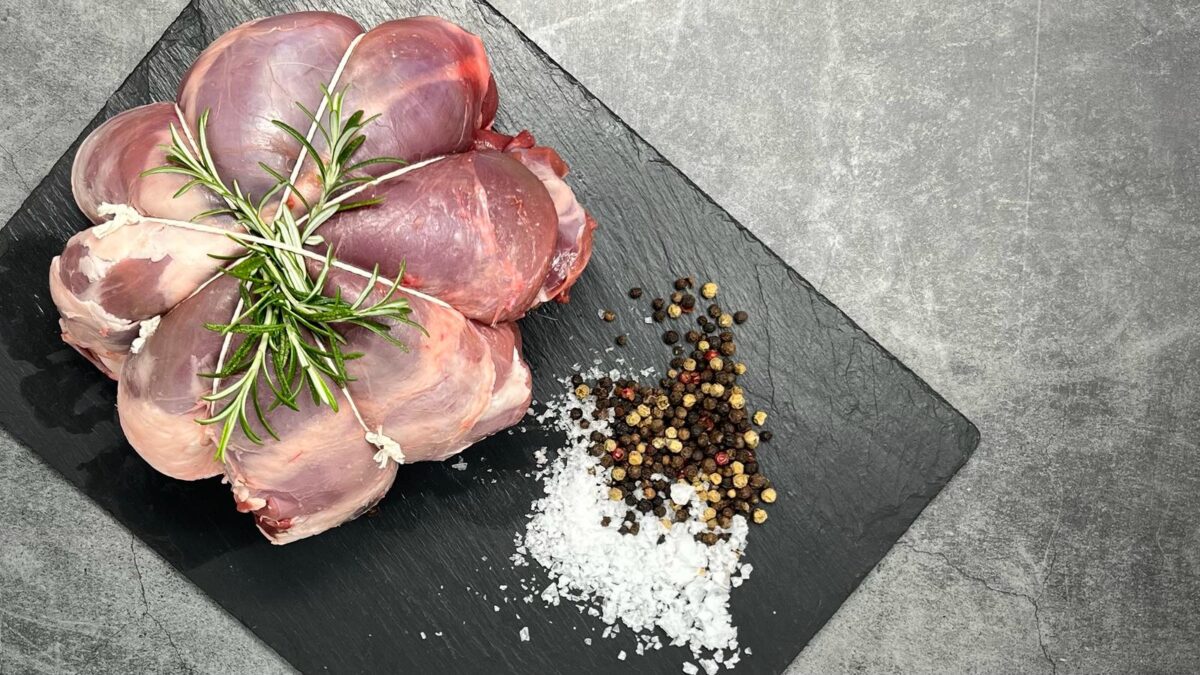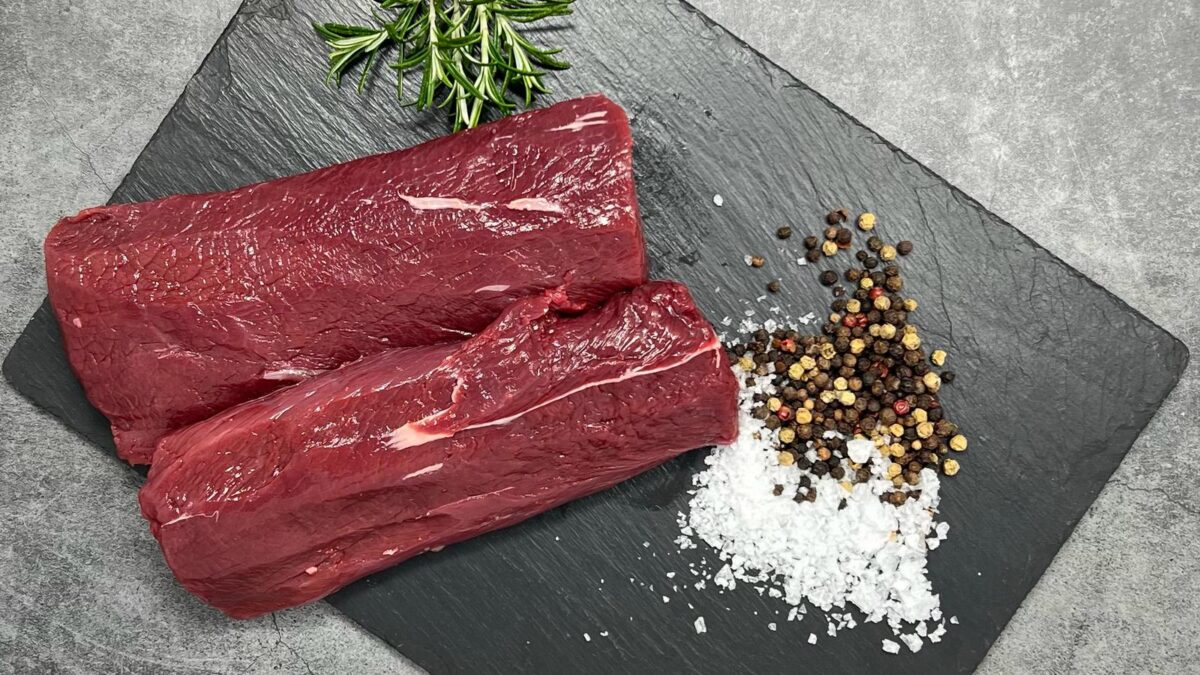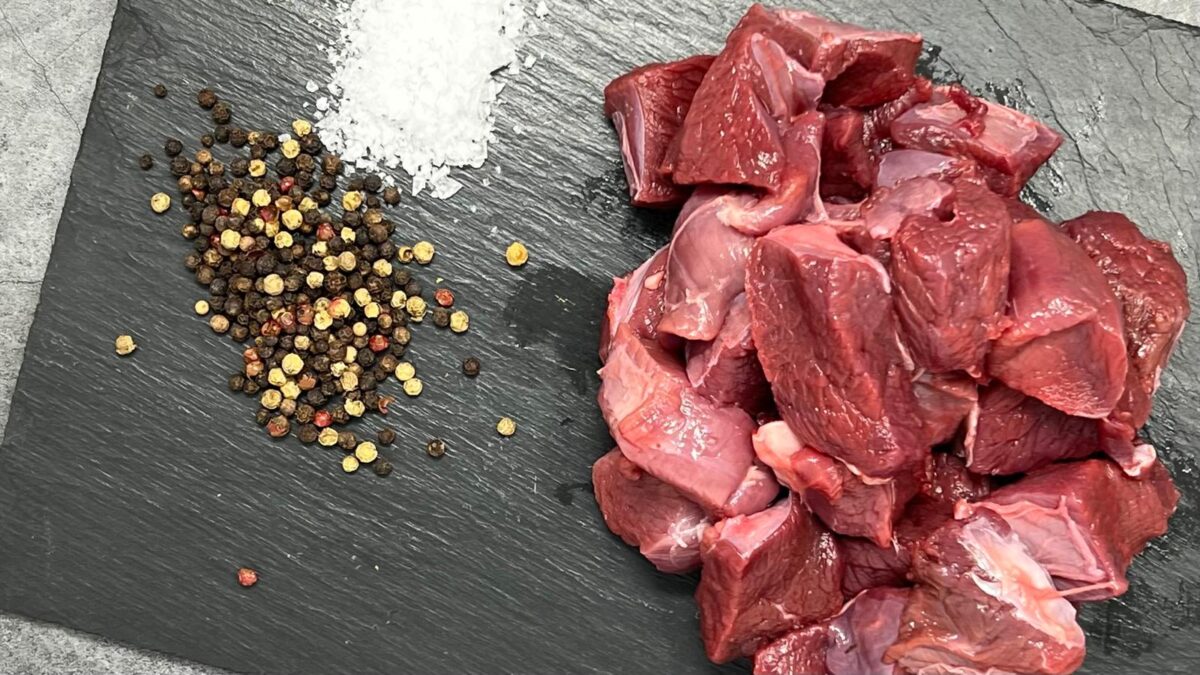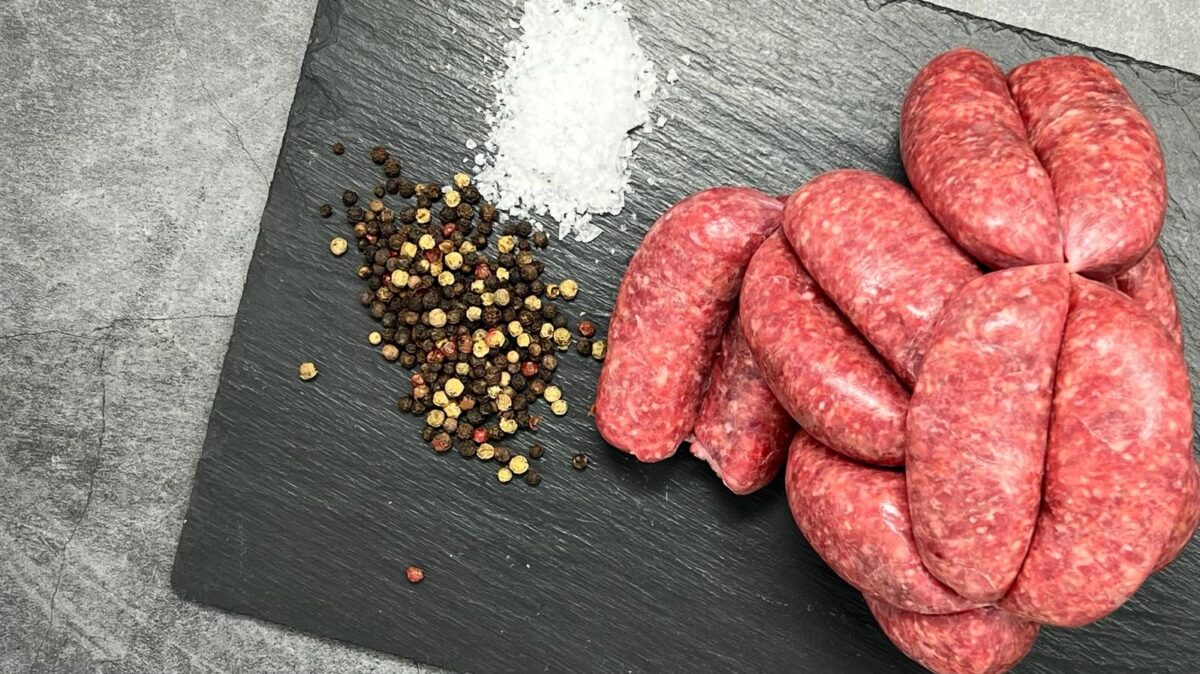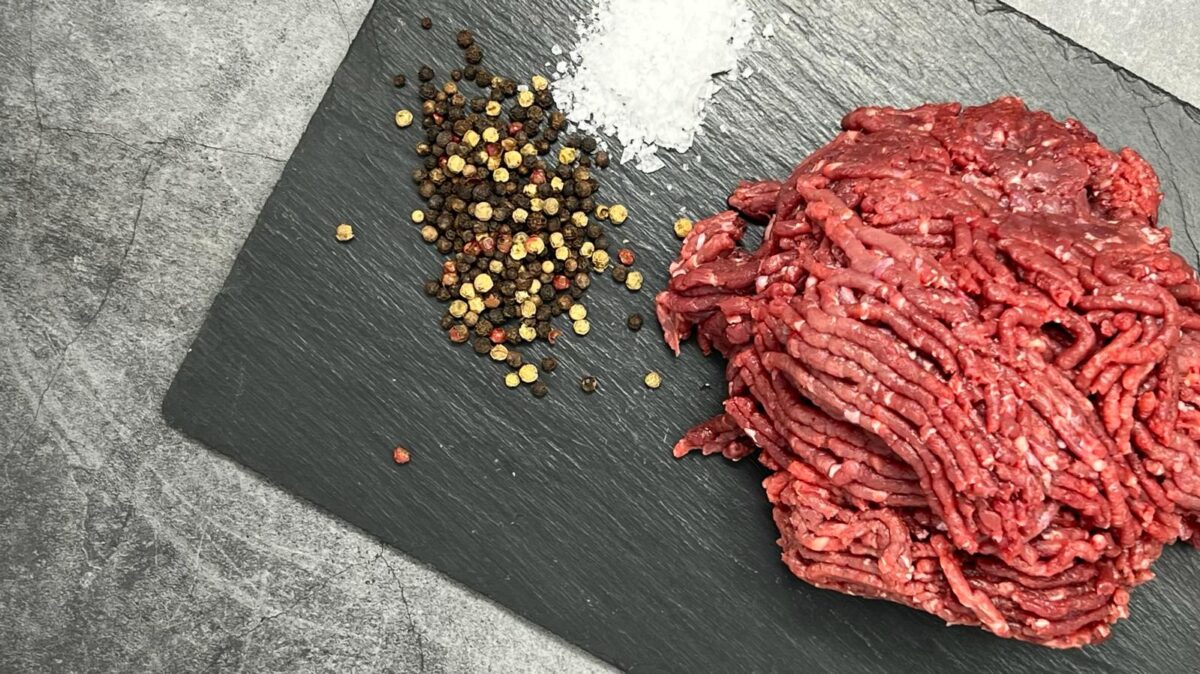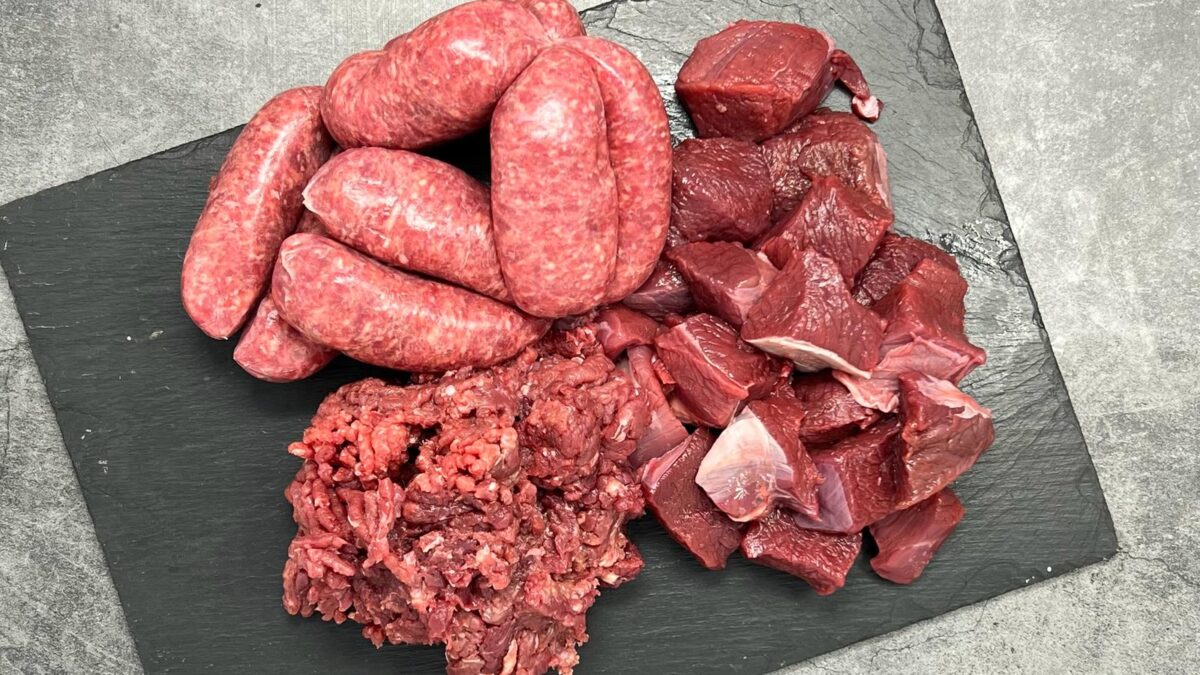Your basket is currently empty!
Venison
The surge in the UK’s deer population over the past few decades, reaching levels not seen in a millennium, presents both opportunities and challenges for conservation and management efforts. This population explosion is primarily attributed to the success of introduced deer species in adapting to the British landscape, alongside the native red and roe deer.
It’s noteworthy that just a century ago, wild deer were a rarity in the UK, and today’s populations are the result of various introductions. However, the absence of natural predators has allowed these populations to flourish, exerting significant pressure on woodland ecosystems, agricultural lands, and biodiversity. The browsing habits of deer, which include consuming tree shoots, shrubs, and woody vegetation, pose threats to carbon-sequestering plants and native flora.
To mitigate these risks and maintain ecological balance, effective deer management strategies are imperative. This entails measures to control population growth and minimize the impact of deer on habitats and crops. Furthermore, sustainable management practices can yield valuable benefits, including the production of venison.
Venison, harvested as a by product of deer management efforts, offers a sustainable and nutritious food source. It is rich in essential nutrients such as thiamine, riboflavin, niacin, iron, and zinc, while being lower in cholesterol and saturated fats compared to other red meats. Additionally, venison provides high-quality protein, making it an attractive option for health-conscious consumers.

